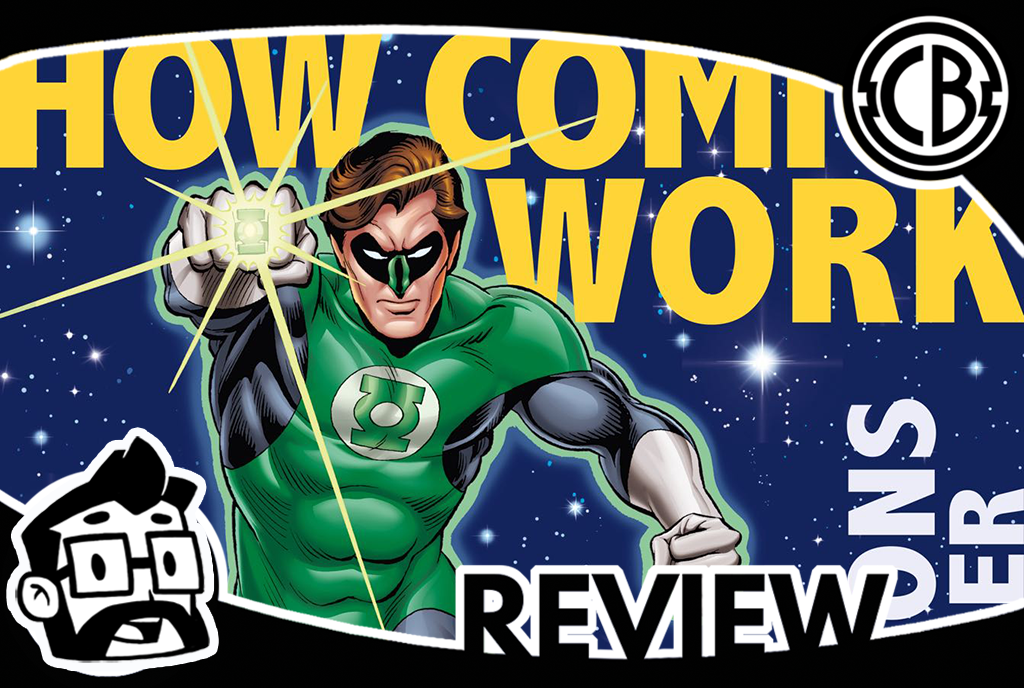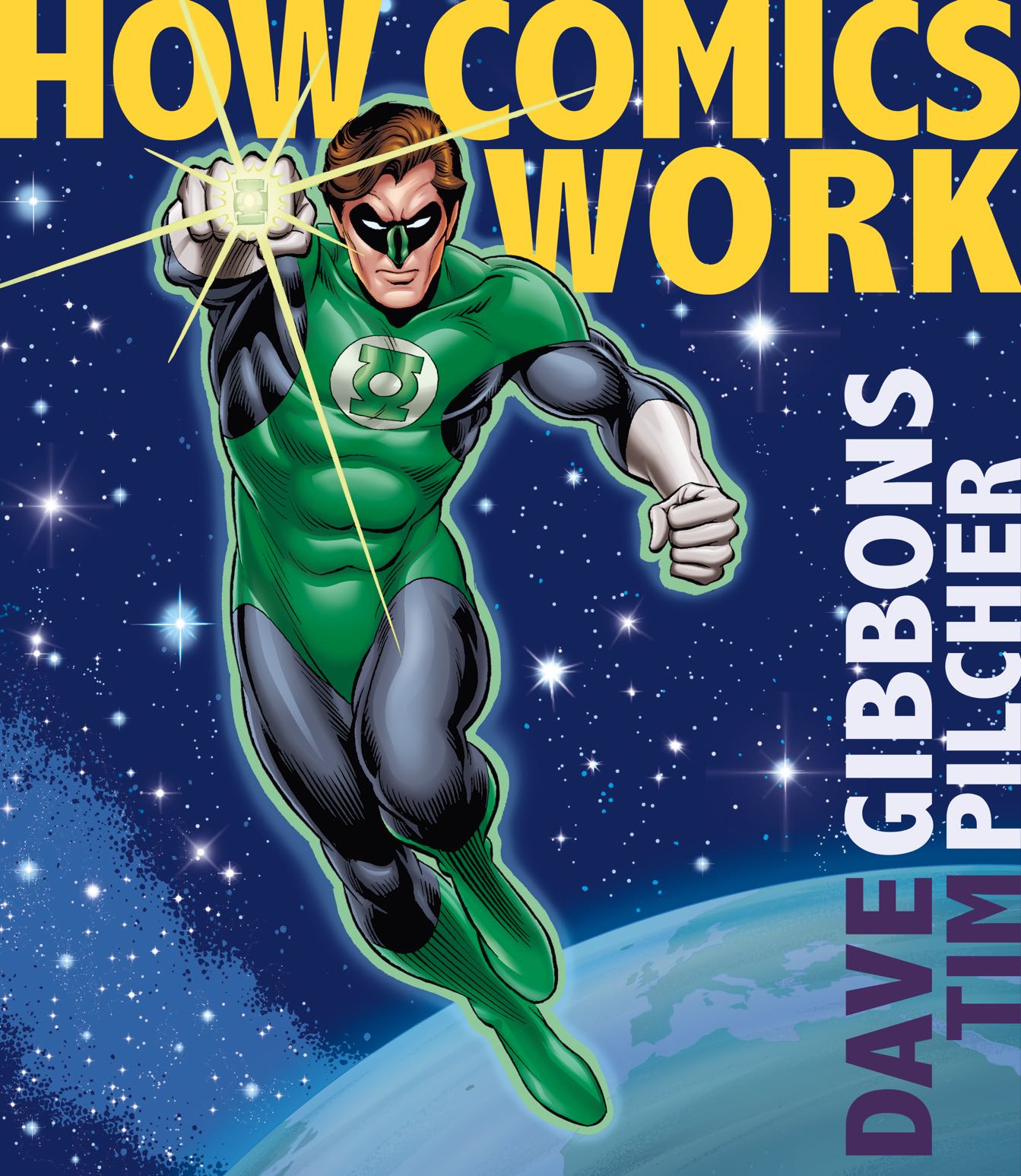By Dustin Cabeal
There are many ways to make comics and no “right” way to do it, which is why I like and appreciate How Comics Work by Dave Gibbons and Tim Pilcher. That’s the first thing that you learn in this book, that you’re learning it the way that Dave Gibbons makes comics and that no one is asking you to follow that to a “T.” Instead, learn from it and find your own path.
The book itself is a pretty much a big ass square, which makes it a little intimidating to start reading. Thankfully, it’s a book about comics, and they understood that it should have a lot of pictures of comics. What’s even better is that it’s Dave Gibbon’s comics… who would have thunk it?
Seriously though, there are a lot of images of artwork and never does the text overload the page. I found it easy to digest the information that’s being presented because of this. It’s almost the opposite of a text book in which you’ll get that one random picture and then a sea of text. Gibbons and Pilcher found an incredible balance in which information was presented, and then lots of visual examples were provided.
What makes it even easier to read is that the written material comes across as a collection of pointers. At times there’s steps and such to follow, but it’s more like, okay here’s all my tips for this aspect. And let me tell you, they cover everything. Writing, inks, digital inks, hand lettering, digital lettering, influences, grid layout, page structure. I’m not even going in order; there is just a ton of information given.
Having reviewed another “how to” book about comics lately, I realized that it focused so much on how to draw and how to think of visual storytelling, but it didn’t give you all the parts to make a comic on your own. Gibbons and Pilcher give you every aspect of a comic book in its many forms and talked about things I’ve always wanted more info on like coloring, lettering and every part after the story and art.
Now, I know a lot about comics. I read a ton of them, I talk to people about them, and so I would say that I have a sound knowledge of comics. I’m not saying that this book made me feel like I didn’t know shit, that’s not true in the least, but it was the little points here and there that made me kind of go, damn, I never thought of that or thought about it in that way. Even if you’ve made a comic on your own or have more than a few under your belt, I would still give this a read because you’re likely to find a lot of great tips and why wouldn’t you? Gibbons is a masterful artist. That and his Frank Miller story is worth the price alone.
Again, this is the Dave Gibbons way of making comics, and well he’s a goddamn legend, so it’s worth paying attention to for that alone. There is a ton of great info and a lot of just little details that were fascinating and made me think about how to approach making a comic differently. It also gave me an appreciation of all the little parts that happen behind the scenes as well.
With any “how to” style of book, it’s what you put into that you’ll get out of it. Don’t read it all in one sitting, digest it bit by bit and skip around to the parts that interest you. It’s a hell of a read and one that I wish I could pass along to more people. I’ll settle for a review to pass along and hope aspiring creators will check it out.
Score: 5/5
How Comics Work
Creators: Dave Gibbons, Tim Pilcher
Publisher: Rotovision/The Quarto Group


